Market Analysis
In-depth Analysis of Connected IoT Devices Market Industry Landscape
The needs of consumers and advancements in technology have drastically altered the linked IoT device industry. As we negotiate this new climate, many important factors that influence the market's trajectory change swiftly. First, as smart homes and businesses proliferate, so is the demand for networked gadgets that are naturally communicative. From smart lighting controls and thermostats to wearable technology and security cameras, the Internet of Things ecosystem is permeating every aspect of our everyday lives. The competitive landscape is characterized by a quest for innovative solutions, whether it be through the integration of artificial intelligence to make better decisions or the use of enhanced sensors for increased functionality. Interoperability is a significant factor influencing the dynamics of the connected IoT device market. As more individuals utilize devices made by many companies, interoperability and seamless communication become essential. To ensure that devices operate properly together, industry players are emphasizing standardization and open protocols more and more. Cost considerations also affect market dynamics, particularly as the IoT market grows. More affordable options are required for broader adoption, even though early adopters were usually willing to pay more for cutting-edge technology. Manufacturers therefore aim to attain economies of scale, lower production costs, and make connected IoT devices more accessible to a larger group of users. This affordability factor is essential for ensuring steady growth and accelerating market penetration. Respecting these guidelines ensures responsible use and builds consumer trust, all of which are critical to the long-term success of the IoT sector. The industry's commitment to fostering interoperability and removing barriers to widespread adoption is demonstrated by the formation of industry alliances and consortia to establish standardized standards. One of the main influences on market behavior is security concerns. As more devices are connected to the internet, there are more cybersecurity threats and potential weaknesses. As businesses and consumers become more conscious of the security implications of IoT devices, manufacturers are placing a higher premium on robust security measures. Managing these problems well is a key differentiator in the industry. IoT is expected to develop and become increasingly integrated into everyday life; as a result, companies in the market must be flexible and aware of how consumer tastes are changing. Stakeholders must adjust to the changing landscape of the sector in order to seize opportunities and meet obstacles.
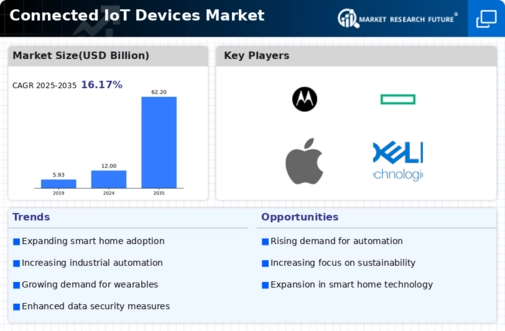
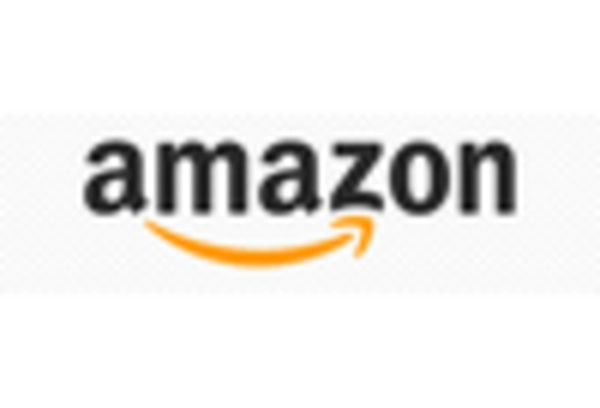
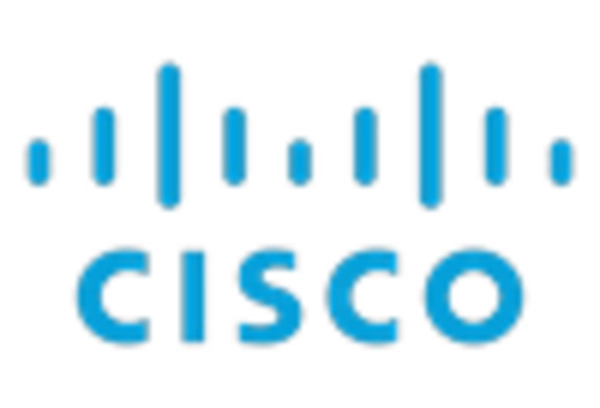
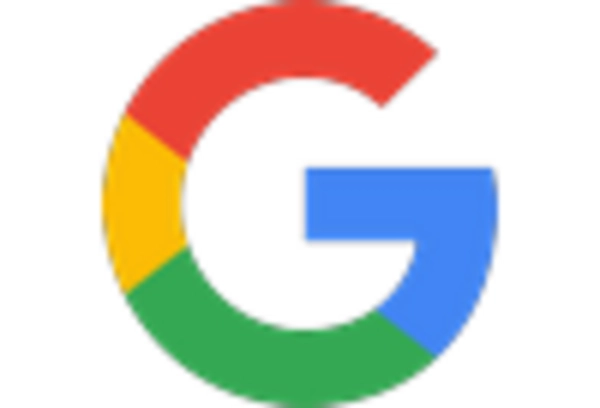


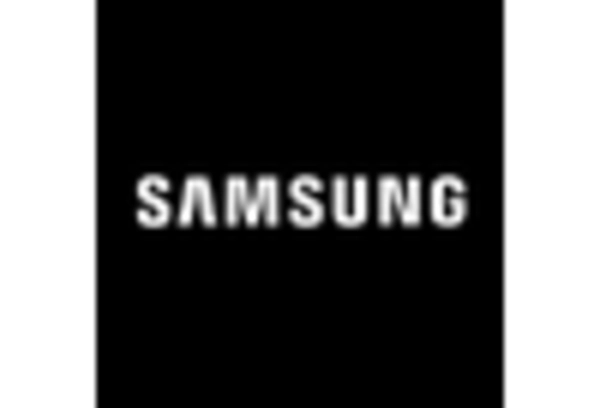









Leave a Comment